Why Pro Riders are Upping Their Safety Game
Search for kitesurfing fails on YouTube, and the wipeouts will speak louder than our words. Kitesurfing is undeniably thrilling, yet it comes with its fair share of risks, bumps, and bruises.
Search for kitesurfing fails on YouTube, and the wipeouts will speak louder than our words. Kitesurfing is undeniably thrilling, yet it comes with its fair share of risks, bumps, and bruises.
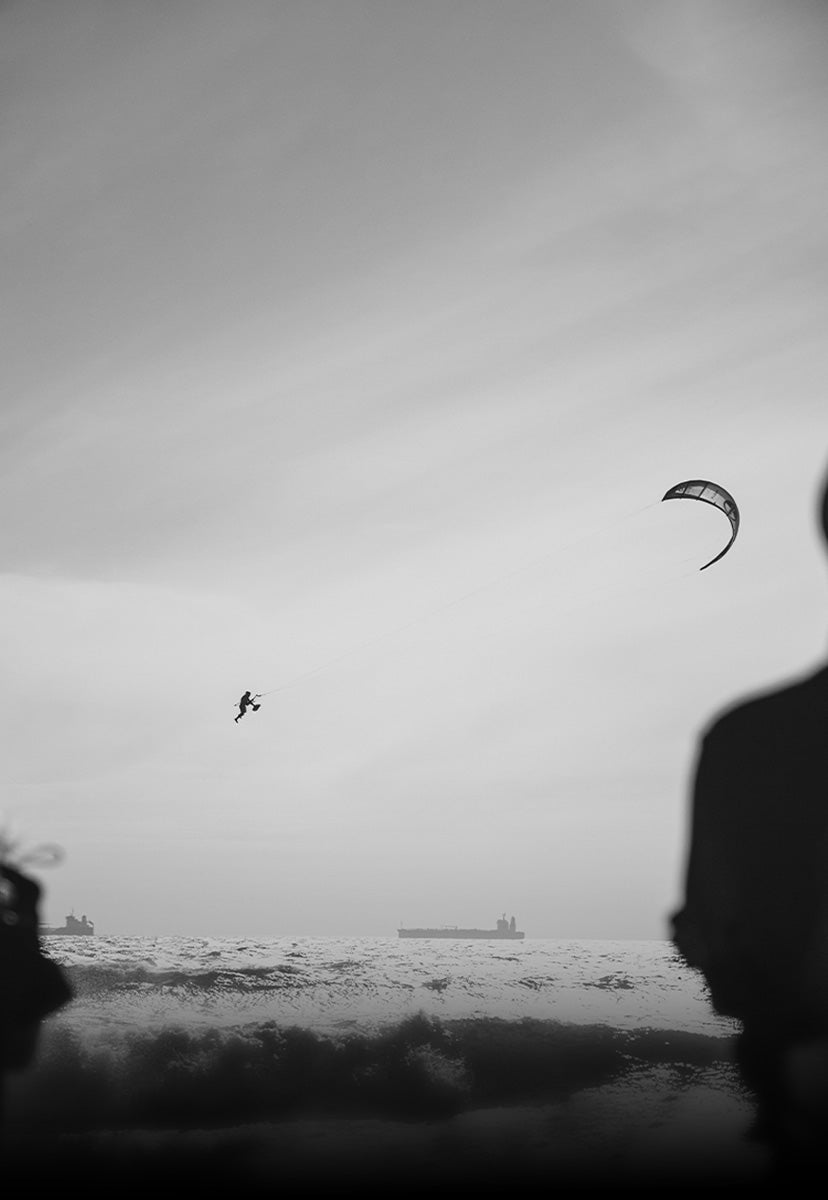
In recent years, we’ve witnessed some of the most talented riders suffer gnarly wipeouts, proving that accidents can happen without rhyme or reason. Whether due to a sudden drop in the wind, close encounters in crowded waters, or a momentary lapse in judgment – any rider, anywhere, can fall prey to the unexpected. If you’re eager to level up in kitesurfing, while keeping the risk of injury down, we’ve got two words for you: Safety Gear. The right protection can be a game-changer, turning a near-miss into just another story for the bar. Think about how, once upon a time, wearing a helmet on the slopes was seen as overly cautious, and cars without seatbelts were the norm. Times have certainly changed. Now, the world of extreme sports, including kitesurfing, has seen a shift towards the use of protective gear. Our team riders can vouch for it!
In this article, we dive into why pro riders are now donning helmets and impact vests, the importance of this trend, and the types of protection you should consider. By the end, you’ll have all the insights you need to hit the water with confidence and hopefully make significant strides in your kitesurfing.
“Loads of people think that wearing protection looks kooky or lame. But from my perspective, it has saved me a lot of times.”
– Cohan van Dijk
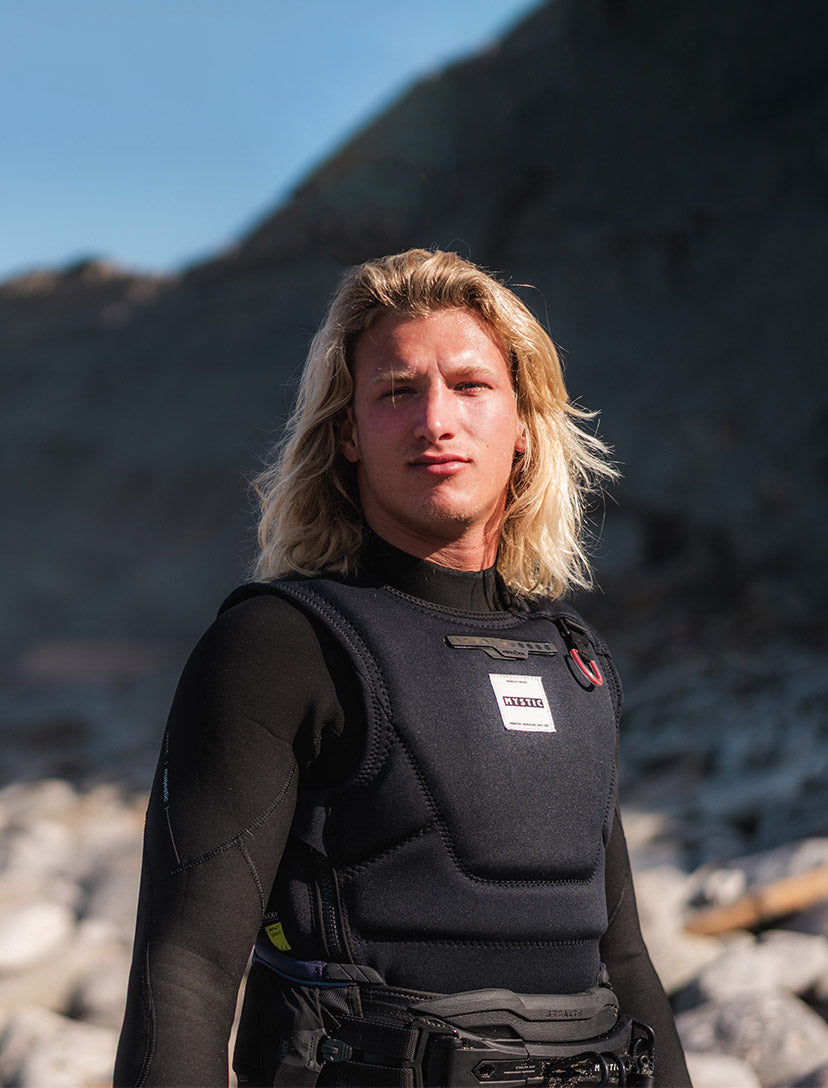
Each kiter carries the memory of a crash that took their breath away, sprained an ankle, or caused a lingering headache. Mishaps occur with little warning, whether you’re performing high-flying tricks or simply cruising – an unexpected collision with a hidden rock, a surprise gust, gear failure, or a momentary distraction. These are reminders that attentiveness is as crucial as the wind in your sails.
Kitesurfing athletes are constantly redefining the bounds of what’s possible, propelling themselves faster, ascending higher, and trying more elaborate tricks. Despite appearing fearless, soaring over 25 meters high, more than 150 meters across the water, and sometimes reaching speeds up to 100 km/h, every athlete knows that with greater feats come greater risks. And though the safety of equipment has advanced by leaps and bounds, errors are an intrinsic part of the sport’s nature.
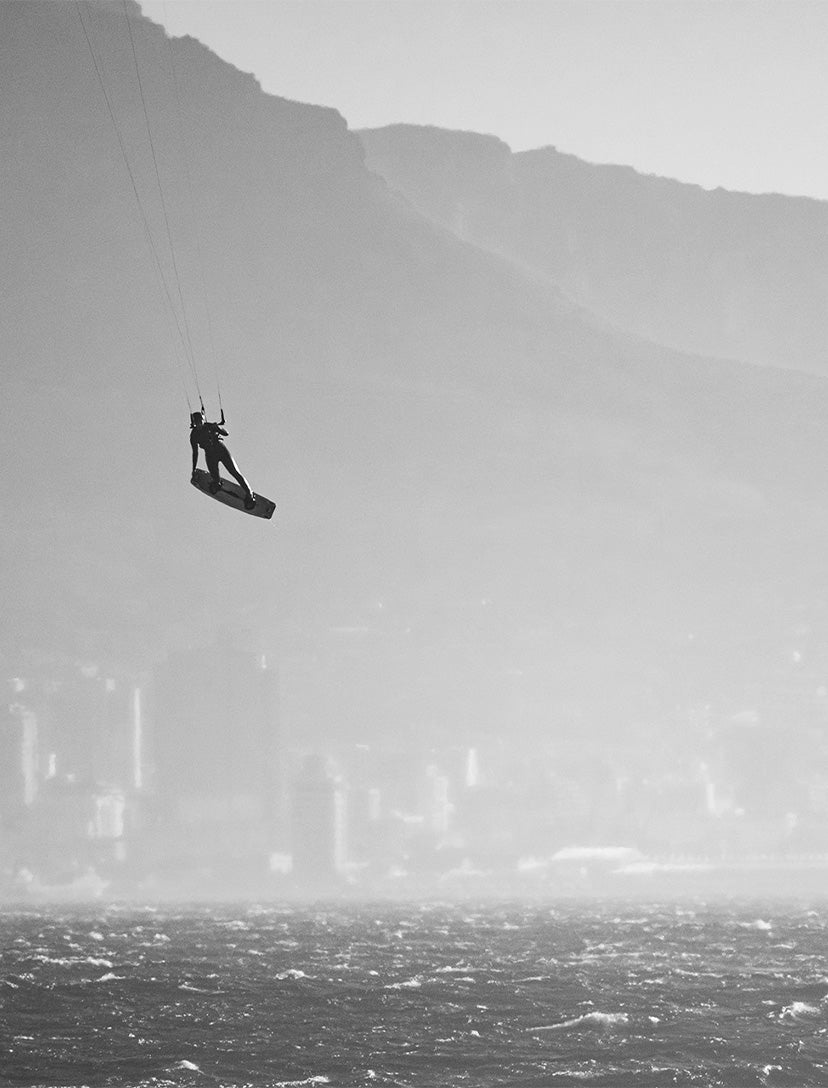
“Protective gear gives me that extra layer of comfort to allow me to push myself on the water and makes me feel more confident in extreme conditions.”
– Francesca Maini
Statistics reveal a telling story about the consequences of pushing these limits: the most frequent injuries include cuts and abrasions, accounting for 25.4% of all reported incidents. These are followed by contusions, which make up 19.8%, and joint sprains at 17.5%. Muscle sprains are also common, comprising 10.2% of injuries. Breaking down the data, we find that the foot and ankle are the most vulnerable, suffering 28.2% of injuries, while injuries to the skull represent 13.7%, closely paralleled by knee and chest injuries, each at 12.9%. [Sources: Surfer Today, National Center for Biotechnology Information]
This information paints a picture not just of the common injuries that kitesurfers face but also highlights the importance of protective gear in safeguarding against long-term harm. As athletes continue to push the envelope of their sport, understanding and keeping these risks down becomes key to maintaining the delicate balance between progress and safety.
Advancements in kitesurfing safety gear are undeniable. Helmets and protective accessories are now designed to be light, comfortable, and sleek without compromising functionality. Coupled with this, there’s more awareness and education among athletes and enthusiasts about safety. Below we get into the details of the two most important safety gear groups: Helmets and Impact vests.
“Safety gear could seem ‘uncool’ but it has definitely protected me from some big crashes and the way I see it is ‘safety is sexy!’”
– Francesca Maini
In the dynamic world of kitesurfing, helmets have gone from optional to must-have. A helmet does more than protect your skull; it protects your senses. An awkward crash can force water into your ear with enough pressure to burst an eardrum, causing disorientation and even permanent damage. Helmets bring down these risks and also shield your head from your board and other hazards. Plus, the addition of ear pads can prevent ‘surfer’s ear’ and keep you warm, with the added perk of visibility in vibrant colors enhancing safety by helping others to see you in the water. Browse our helmets here.
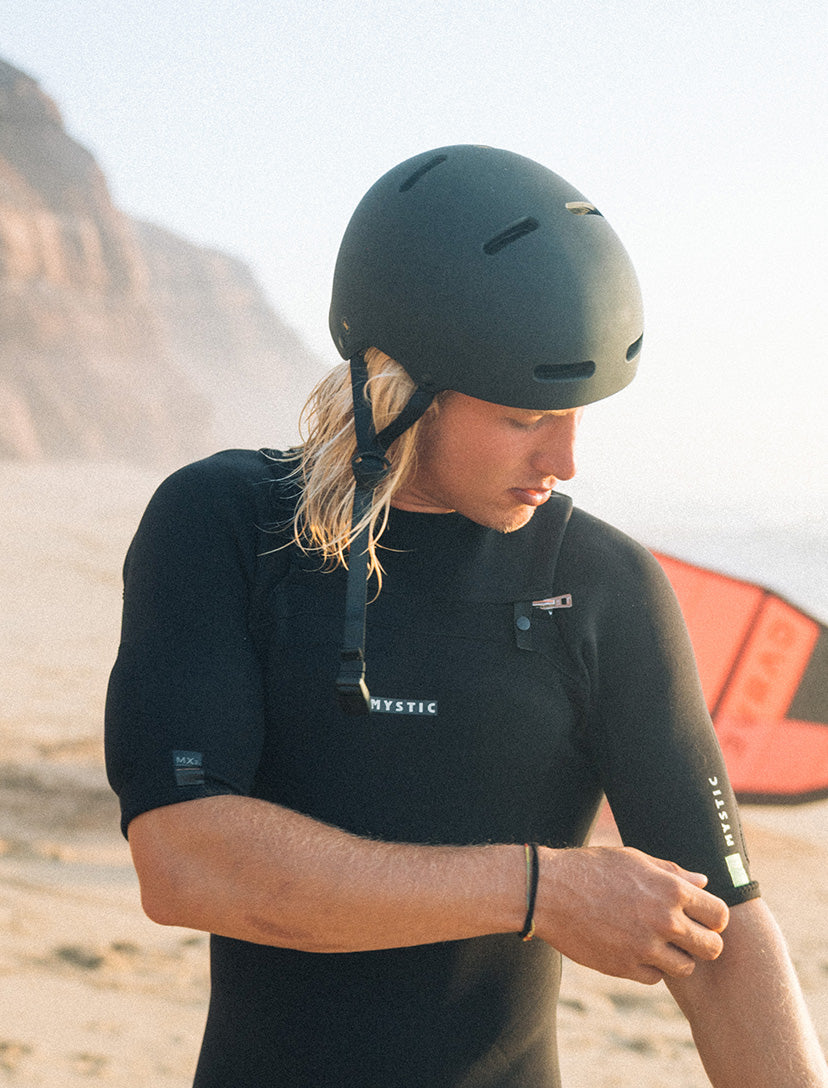
“I use the Vandal Pro helmet. It’s the most stylish-looking helmet on the market in my opinion. It’s super light and comfortable. It has an adjustable setting so that you can find your perfect fit.”
– Cohan van Dijk
Switching gears to impact vests, these pieces have become crucial in a kitesurfer’s wardrobe. Beyond the blunt protection they offer to your chest and back, they serve a dual purpose. Some vests come with added buoyancy, which can be a lifesaver providing you with extra time to regain your bearings after a wipeout. Brightly colored vests are also great for quick spotting by fellow kiters or rescue teams. The psychological comfort they provide can’t be understated, either; wearing an impact vest often gives riders the extra confidence to push their limits, knowing they have an added layer of protection against the surface of the water. Browse our impact vests here.
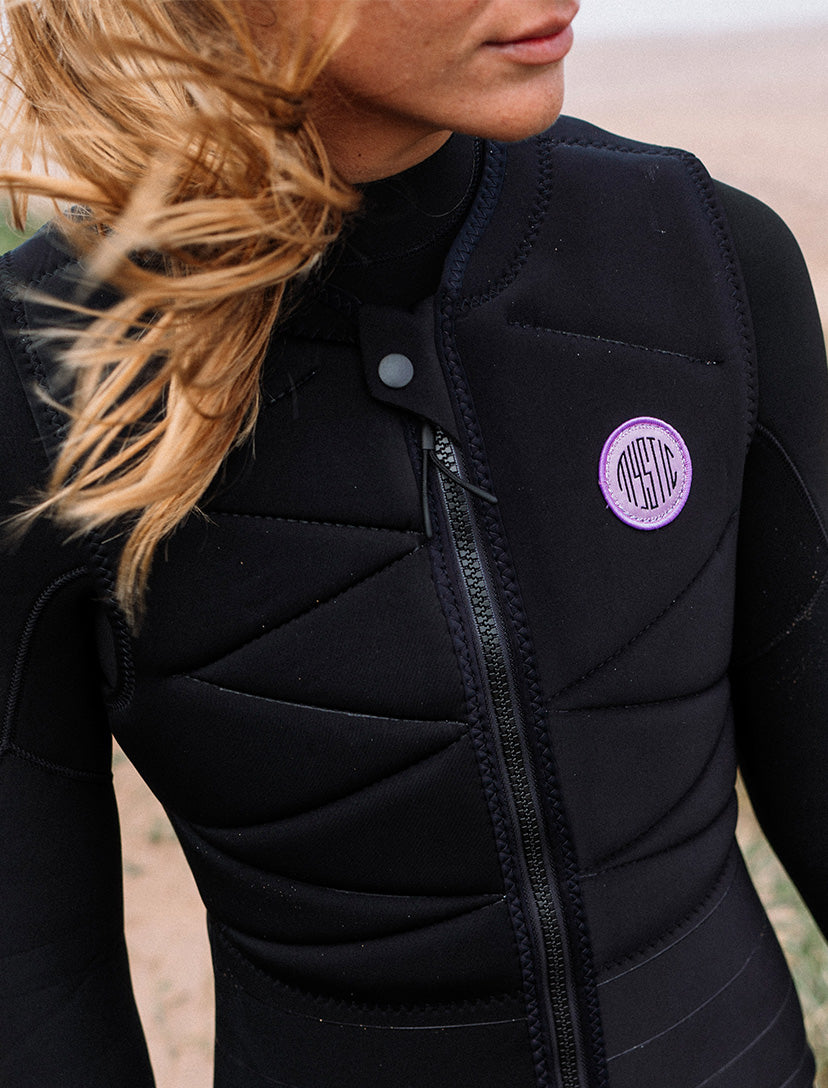
Protection and SafetyGear